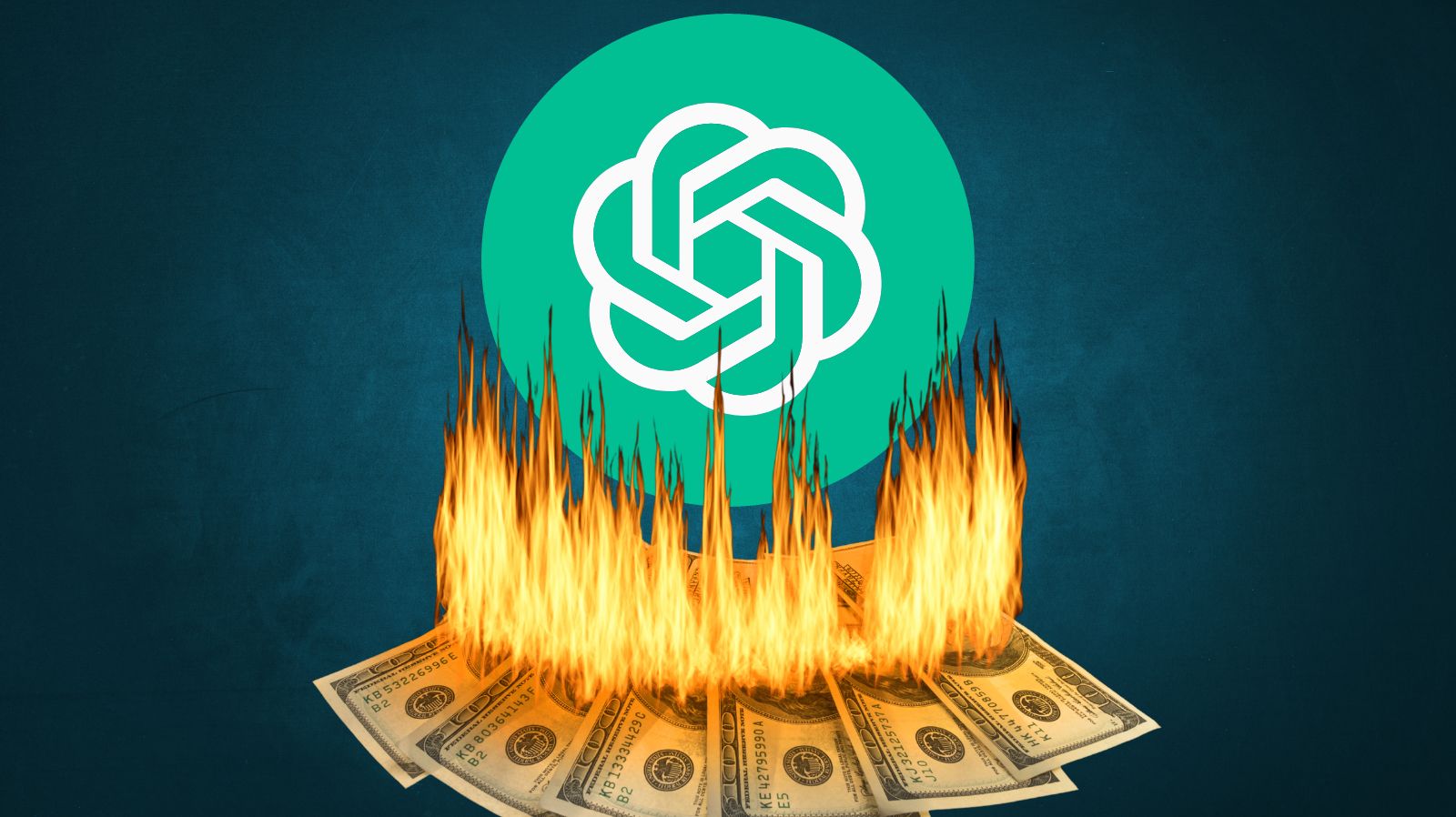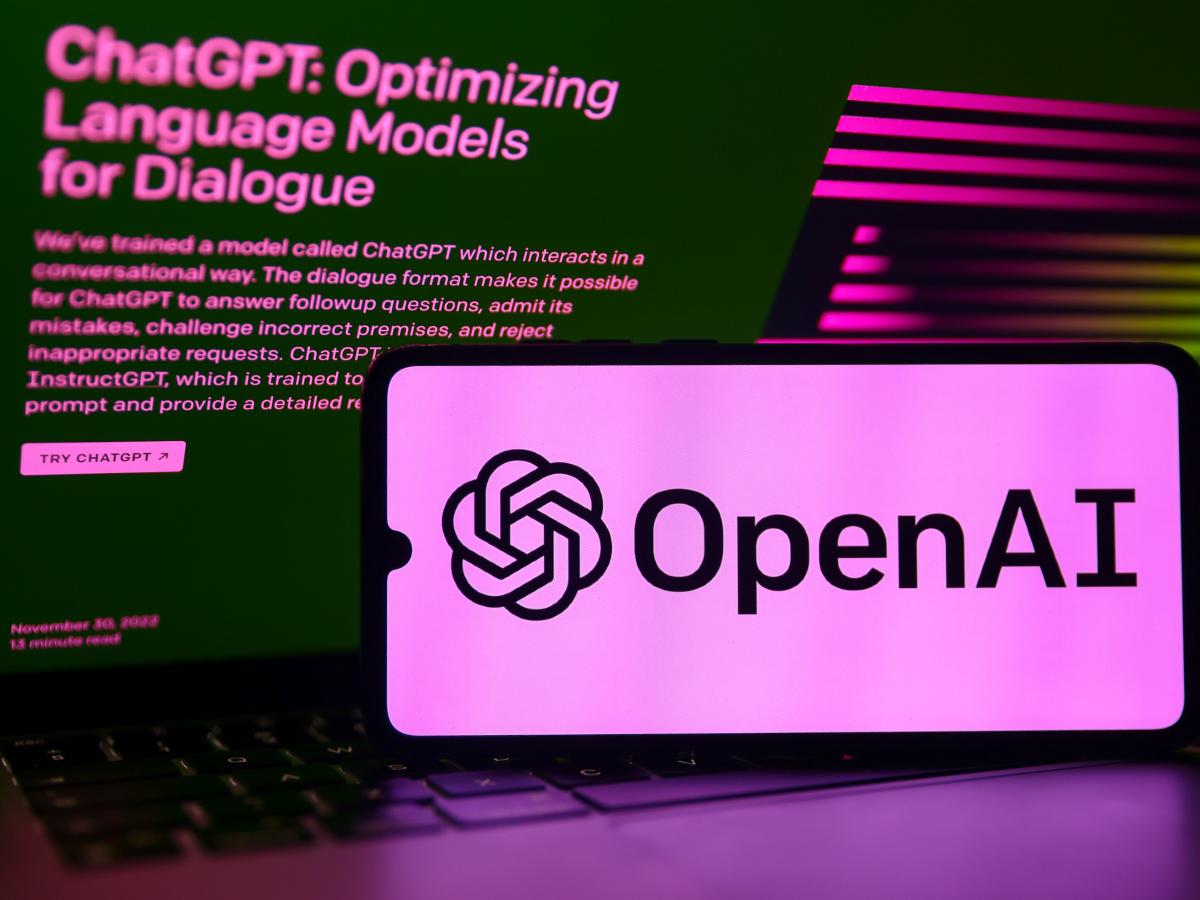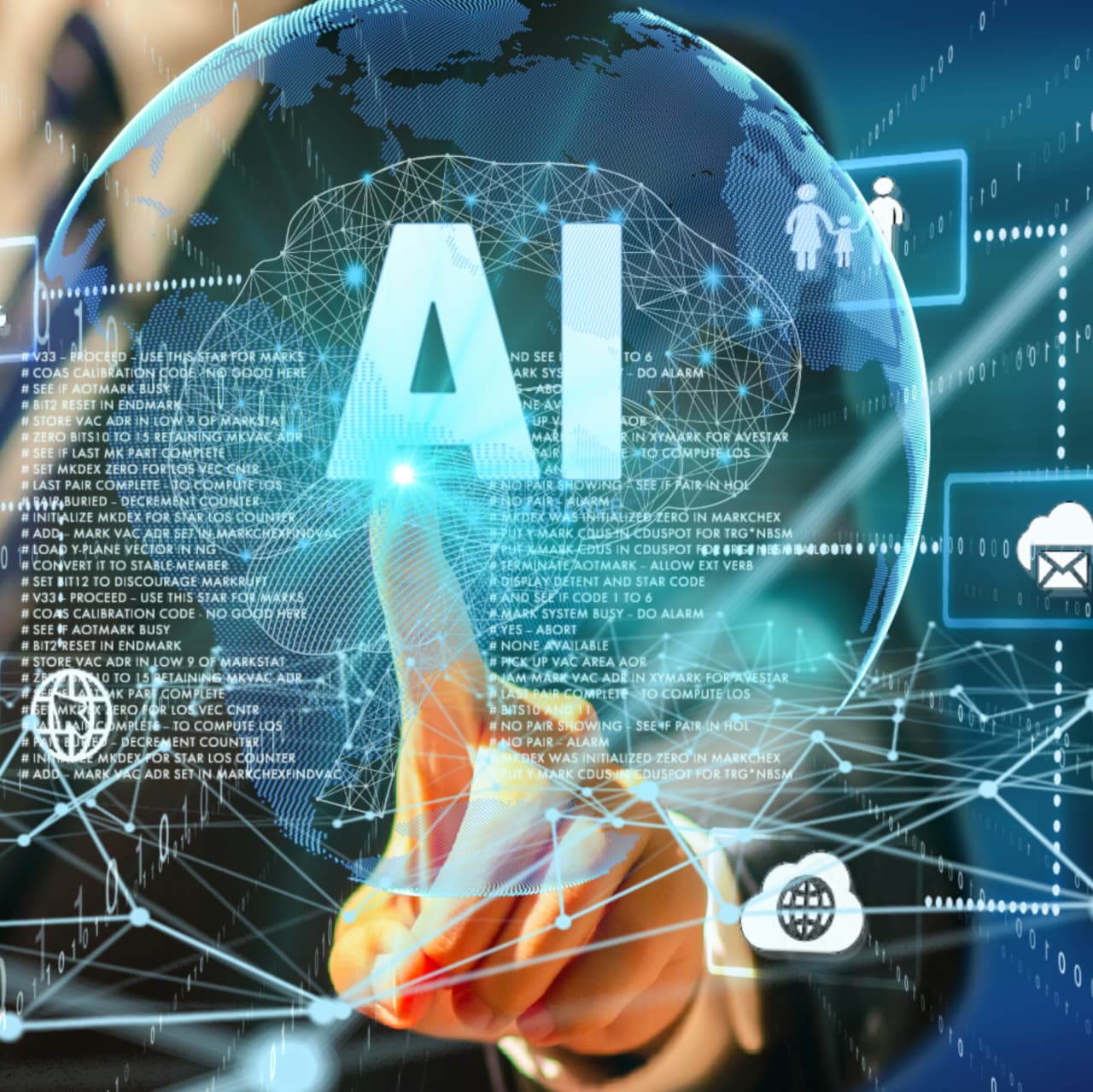OpenAI’s Countdown to Bankruptcy in 2024: Can the Company Survive ChatGPT’s Daily Expense of $700,000?
In an unexpected turn of events, OpenAI, the pioneering AI studio that popularized debates about artificial intelligence, is in serious financial trouble. The studio, which is renowned for its efforts to make AI accessible to non-technical people, seems to be in danger of going out of business. According to a study by Analytics India Magazine, there are severe doubts regarding the organization’s survival due to the sharp fall in popularity of its flagship AI chatbot, ChatGPT.
The AI revolution has been spearheaded by OpenAI, an organization run by tech entrepreneur Sam Altman that has transformed how common people interact with artificial intelligence. The goal of the studio was to demystify AI in order to render it accessible to all people. Their invention, ChatGPT, a chatbot powered by generative AI that allowed users to have meaningful conversations with an AI that could produce human-like responses, became a representation of this purpose.
However, a number of choices and changes in the market appear to have weakened OpenAI’s position and led to its current vulnerable situation. The studio’s unsuccessful attempt to trademark the term “GPT”—the basis of their AI technology—marks the beginning of their demise because it was opposed and viewed sceptically by the AI community. Even though the trademark application ultimately failed, it brought attention to the growing worry that OpenAI was attempting to monopolize a field of technology that ought to be open and collaborative.
The demand for OpenAI’s GPT-based products has significantly decreased as a result of this change and other considerations. According to the study from Analytics India Magazine, people have been turning away from OpenAI’s products, particularly the ChatGPT service. The usage reduction, which was initially attributed to summer vacations and the release of the ChatGPT application programming interface (API), which enabled users to build their own AI bots, has now more seriously affected the organization’s future.
Inadvertently, it appears that OpenAI’s problems have grown worse as a result of the ChatGPT API, which was created to enable developers to incorporate ChatGPT into their apps. As a result of many customers opting to create their own AI-powered chatbots utilizing the API, OpenAI’s original service is becoming less and less popular. Due to this tactical error, people who had previously used OpenAI’s technologies have dried up.
OpenAI’s ambitious plan to represent generative AI and its initiatives to close the communication gap between AI and the general population suddenly seem to be in danger. A bleak future for the AI studio is being painted by the dropping usage figures and the unfavourable perception brought on by the trademark issue.

Declining User Base and API Cannibalization Impact OpenAI’s Prospects
By the time July came to an end, it was clear that ChatGPT’s user base had significantly shrunk. In comparison to June, the month before, July saw a noticeable 12 percent drop in users, according to data provided by SimilarWeb. From 1.7 billion to 1.5 billion users, the numbers decreased. It is important to remember that this data does not include API usage, which is now OpenAI’s main source of income.
Relevant issues are brought up by the declining user base, particularly those related to the concept of API cannibalization. It was discovered that many businesses discouraged their staff from using ChatGPT directly and chose to integrate the expanded language model (LLM) through an API into a variety of workflows. Without a doubt, the fall has been greatly influenced by this trend.
However, it may be premature for OpenAI to blame the rise in API usage for the development of tailored goods for the overall fall in user numbers. This assumption ignores the growing importance of free and customizable open-source LLM models, which may be used for a variety of purposes. The collaboration between Microsoft and Meta resulted in the creation of LLaMA 2, which permits the use of LLM for commercial purposes. In this case, it is unclear why OpenAI’s proprietary and constrained version should be chosen over the more flexible and open-source LLaMA 2, especially given that the latter may perform better in some circumstances.
Another major issue is the conflict between CEO Sam Altman‘s restricted stock ownership and OpenAI’s shift from a non-profit organization to one driven by business. Altman’s personal priorities may not always be about making money, but the organization unquestionably gives this subject a lot of attention. Despite this strategic change, OpenAI has not yet turned towards profitability; since the launch of ChatGPT, it has accumulated enormous losses amounting to $540 million.
Given these factors, it appears hasty for well-known AI companies to consider doing initial public offerings (IPOs), including OpenAI, Anthropic, and Inflection. This analysis suggests that successful IPOs typically require at least ten years of operational history and sales of at least $100 million.
Microsoft’s substantial $10 billion investment has maintained, if only briefly, OpenAI’s financial viability. But when compared to the growing financial losses, OpenAI’s goals of making $200 million in yearly revenue by 2023 and aiming for a startling $1 billion in 2024 seem overly optimistic. The research from Analytics India Magazine questions the viability of these objectives.
Although the shift to a subscription model may have brought in some cash, the exact course of OpenAI’s financial destiny is still unknown. Although using APIs and using technologies like GPT-4 based chatbots or DALL-E2 could result in revenue, the financial specifics of these projects are now clouded in mystery.
OpenAI Grapples with ChatGPT’s Enormous Daily Expenses
OpenAI is facing a major financial difficulty in maintaining ChatGPT, which has sparked discussions about alternative solutions going ahead. While an initial public offering (IPO) may provide an exit strategy for investors and attract the attention of larger organizations searching for acquisition targets, OpenAI must also deal with employee churn as some employees are recruited by competitors. Despite this, the company is still devoted to growth as evidenced by its active hiring initiatives and current intentions to create a presence in London.
The CEO of OpenAI, Sam Altman, made a significant disclosure in December about the high expenses involved in sustaining ChatGPT and managing the AI company. According to reliable sources, the daily operational costs associated with ChatGPT are around $700,000. Microsoft and other recent investors are currently responsible for these financial responsibilities. These duties, however, can put a pressure on the finances of these financial supporters if OpenAI is unable to become profitable in the near future.
The field of AI competition has undergone a substantial change as well. The advent of Elon Musk’s xAI has upended the conventional wisdom that powerful competitors like Google or Meta will be OpenAI’s main competition in the AI race. Musk has focused on building a rival chatbot as part of his ambitious plan to overthrow OpenAI’s dominance. Musk’s plan to create a “TruthGPT,” a conversational AI model intended to lessen the political biases found in ChatGPT, is particularly significant. The tech community has paid this innovative idea a lot of attention.

Musk has taken aggressive measures, like as buying a significant quantity of NVIDIA GPUs, to further his goals. This calculated action, as previously reported by Firstpost, aims to support his efforts in creating an AI model that is consistent with his ideals of objectivity and accuracy. OpenAI is at a crossroads in the quickly developing field of artificial intelligence, weighing the costs of maintaining ChatGPT against unforeseen competition. The organization’s destiny in the dynamic world of artificial intelligence will probably be shaped by its capacity to overcome these obstacles.
GPU Shortages and Looming Financial Challenges
The impending shadow of continuous graphics processing unit (GPU) shortages continues to loom over OpenAI’s efforts, adding a layer of complication to their operations. CEO Sam Altman has admitted that the market’s continued scarcity of GPUs is seriously hindering the company’s ability to advance in upgrading and training new AI models. This situation is aggravated by OpenAI’s recent filing for a trademark on ‘GPT-5,’ indicating their determination to proceed with model development. This drive, however, has inadvertently resulted in a visible reduction in the quality of content delivered by ChatGPT.
While navigating these complicated circumstances, the need for OpenAI to secure new funding has taken center stage. Without an immediate infusion of finances, the organization faces the grave prospect of being forced to declare bankruptcy by the end of 2024. This strategic decision could pave the way for the acquisition of much-needed NVIDIA GPUs, which are expected to become available in the second quarter of the aforementioned year. These GPUs would play a critical role in reviving OpenAI’s model training efforts.
Despite this hard environment, OpenAI faces a number of daunting challenges. Financial losses continue to increase, compounded by falling user numbers, mounting legal challenges, as well as a drop in output quality. The dense network of difficulties presents the organization with a formidable way forward.
This convergence of events highlights the complex interplay between technology advancement, resource availability, financial sustainability, along with strategic decision-making in the field of AI development. The capacity of OpenAI to effectively navigate these numerous hurdles while also crafting a feasible path towards acquiring the necessary funds and resources to regain their footing will influence their future trajectory.
From Being A Pioneer To Bankrupt? Way Forward For OpenAI
OpenAI, the trailblazing AI company known for democratizing AI for the masses, is facing a difficult situation as financial difficulties loom. Despite its pioneering position, the company’s GPT products are losing clients, in spite of the fact that the trademark dispute was never won. By July, usage of the ChatGPT website had dropped significantly, with a 12% loss in user engagement. As the importance of open-source LLM models grows, OpenAI’s argument that the decrease in users can be attributed only to API usage for bespoke applications appears presumptuous.
A substantial shift from a non-profit focus to profit-driven motivations, paired with CEO Sam Altman’s insignificant interest in the company, suggests a rising emphasis on profitability. Microsoft‘s $10 billion investment has provided a financial lifeline to OpenAI, allowing it to continue operations. Despite this, in the face of rising losses and hurdles, OpenAI’s grandiose goal of generating $200 million in annual revenue by 2023 and striving for an extraordinary $1 billion in 2024 generates concern.
The financial situation remains uncertain, however revenue streams from API purchases and the implementation of GPT-4-powered chatbots or DALL-E2 could be generated. However, if further financing is not available soon, OpenAI would face insolvency by the end of 2024. A move like that might open the door to obtaining crucial NVIDIA GPUs, which are anticipated to arrive in the second quarter of that year, and reviving model training activities.
OpenAI’s capacity to maintain its financial stability is also at risk as it struggles to overcome these complex problems. The company’s trajectory from being a pioneer in opening up AI to facing the verge of bankruptcy highlights the complex interplay between technological innovation, moral considerations, community participation, as well as financial sustainability within the tech sector. The story of OpenAI as it develops will undoubtedly leave a lasting impression, acting as either a testament to perseverance or a cautionary tale in the rapidly changing world of technology.




